The goal for most is to run them subsonic and have reliable cycling. To do this, you need the right combination of barrel length, bullet weight, and buffer weight. That's what you're trying to avoid so use a carbine buffer and standard buffer spring. The longer barrels will give you a more efficient powder burn and increase muzzle velocity. Most subsonic/suppressed shooters prefer 8"-9" barrels for .300 blackout.
Lastly, the bullet grain also plays an important part that cannot be overlooked. You can find subsonic ammo with as light of a projectile as 187gr. While these do stay subsonic, they don't create enough pressure to cycle the action. General consensus seems to favor 205gr-220gr with the heavier bullets providing the best consistency. It's a versatile cartridge, runs well in ARs, and plenty have built hunting rigs around it. While it was built to be efficient in short barrels, loads vary, and there is still enough pressure to accelerate a bullet past the point it is all ignited.
One of the most popular rounds in the USA today is the 300 Blackout . While based on a .223 case, it's design parameters were quite different, as it was designed to work well with subsonic loads. The BLK uses very heavy bullets for the powder load, half or less powder than you find in a .223. The powder to bullet weight ratio is more like a pistol caliber than a rifle caliber. [/QUOTE]And no, i don't have specific data for each inch of barrel length and it's affect on velocity with supers.
300 blk was designed to be efficient out of short barrels, so it's a game of diminishing returns. With a .30 caliber bullet the barrel length at which you get diminishing returns is much shorter than most other rifle cartridges. I would guess somewhere between 9" & 12" Even at 16", even with slow burning powders I would expect all the powder to be burned up so any additional barrel length causes additional drag resulting in less velocity.
300 AAC Blackout The 300 Blackout was designed by Remington/AAC to create a reliable, compact .30 caliber round for the AR platform that uses a standard bolt and magazine. 300 Blackout is optimized for suppressed fire with heavy bullet subsonic loads but can also be used with supersonic ammunition when extra range is needed. The 300 Blackout was designed by Remington/AAC to create a reliable, compact .30 caliber round for the AR platform that uses a standard bolt and magazine. Most rounds marketed as subsonic are designed to have a muzzle velocity of about 1080 feet per second out of a 16 inch barrel. Anything longer is a waste for subsonic shooting.
Another benefit of the 8 inch barrel is most standard velocity .22 ammo will be subsonic so I can use cheaper ammo. Standard velocity ammo also functions the action more reliably than subsonic ammo. Man, I could screw a can onto the end of that sucker and it would cycle those subsonics like nobodys business, and boy was it quiet as a hens fart. I loved that little pistol, if nothing else for that reason alone. So, now Ive got this M&P jobber and it wont cycle a subsonic 22 round of any kind. Here is the old barrel length again… Longer barrels have been proven to have better velocities and it depends on your burn rate on your powder whether you get the full use of your barrel.
A 20 inch barrel will not hinder you with your AAC. The AAC uses a similar weight and dimensional bullet as a 30BR and 20 inch barrels and longer are the standard for those highly accurate bolt guns. A 30BR pushes from 107 grains to 120 grain 30 cal projectiles. The 30 BR is expected to shoot sub .5 MOA out to 300 meters and weight is at a premium for most of these guns.
A lighter gun via barrel would allow more other things to be used. But shortening the guns usually has resulted in less accuracy. Super low recoil, lightweight, close range, deer and boar gun.
Normally, when you cut barrel length and weight down on a hunting rifle, you lose precious velocity and increase recoil. A nice attribute of 300 Blackout is that it works pretty dang well with short barrels. So you can use a short action, short barrel, lightweight rifle, and not get beat up by recoil at all. I'd imagine this is the direction that Ruger was thinking with their 16″ barrel, under 6 lb, American Ranch rifles chambered in 300 Blackout. I almost included a chart with velocities over barrel lengths, but I decided to summarize instead since this is getting long already! For subsonic loads, 12" or so seems to be a nice balance between handiness and reliability.
We have noticed that most manufactures are designing their 300 Blackout load based on 16" barrels. Doing this is an attempt at making a "universal round" that works for all barrel lengths, when in fact this only neuters the capabilities of this cartridge. What this means is that the majority of manufactures are designing this round to have a velocity of 1,050 out of a 16" barrel. At Minuteman Munitions we specifically designed our 300 Blackout rounds to be used in a 7"-11" barrel. We wanted to maximize the amount of energy out of short barrels while staying well under transonic speeds. This lead us to a 1,050 ft/s target with an 8.5" barrel.
This ensures a more complete powder burn for people using a shorter barrel. The only downside is that from a 16" gun you will not be subsonic. For the subsonic load, muzzle velocity is 1,010 feet per second, and muzzle energy is 498 foot pounds. Downrange, the .300 Blackout is accurate enough to deliver groups smaller than one inch at 100 yards. The .300 AAC Blackout is a new cartridge with many positives, including its compatibility with the M4 platform. A 300 BLK is a popular round for its versatile uses.
It can be shot from both short and long-barrelled firearms, and is considered an accurate choice in both subsonic and supersonic options. This lends itself well to home defense, hunting, and even performance competitions, such as a 3 gun match. Thus, knowing your rifling pattern in preparation of shooting is an important step to ensure you are choosing the best bullet for what you have. Do you want the ideal cartridge to use with a suppressor or in rifles with short barrels? The .300 Blackout has a big advantage over the 7.62×39 in those areas. Because the .300 Blackout is designed for use in a standard AR style rifle, it will still cycle the bolt reliably when using subsonic ammunition and with a barrel length shorter than 16″.
Additionally, it doesn't suffer nearly as big of a drop off in performance as the 7.62×39 when using a shorter barrel either. They aren't subsonic because they're heavy, they're subsonic because they are 'powder limited' to keep the muzzle velocity at about 1050 fps so they will be subsonic. This also reduces the muzzle energy more than necessary. By that I mean the bullet, if you could get enough powder in the case, could be pushed faster than 1050 fps into the supersonic range and not surpass the energy level of the supersonic rounds. For my accuracy and ballistic data portion of this review, I fired several kinds of .300 Blackout ammo from a number of good companies.
Accuracy is the result of five, five-shot groups at 100 yards. Velocity is the average of ten shots over my Oehler 35P chronograph. SIG SAUER 120gr HT—————————————– 2290fps, 3.5" Compare 300 aac blackout ammo from the top online retailers to find the lowest price. Find Bulk 300 aac blackout ammunition fast and cheap with Americas best ammunition search engine. As for velocity loss, there are factory-set guidelines at differing velocities, but these seldom reflect the diverse range of calibres most shooters encounter. – Exterior ballistics are the qualities associated with how a projectile flies through the air.
Most pistol bullets are designed to work only at a factory specified velocity and a specific range. At these predetermined specifications, the bullets work just fine. But when bullet velocity begins to change, surprises can happen. Many factors cause velocities to change-gun type, barrel length, distance to target, barriers and more. So what makes the Ruger barrel appear thinner, which it is, is that it tapers down quicker, going to .725″ in only 18″ of length.
If the same profile were to be used on a barrel that was 22″ or 24″ in length, then it would likely have a "heavier" look and feel to the barrel profile, being very similar to the Steyr. 9mm and 300 BLK are both pretty quiet relative to other carbine cartridges when subsonic loads are chosen. Based on my experience and reviewing real world data, 300 Blackout subsonic does have an advantage. The BLK is much louder with supersonic ammunition, the 9mm has less of a delta between sub and supersonic loads. Of the 4 options, only 300 Blackout supersonic has any real muzzle flash. You can move to a faster 9mm load with less of a penalty than 300 BLK.
Keep in mind muzzle flash and noise can be disorienting at night, especially indoors. A muzzle flash that ruins night vision is not optimal if you or your family are being attacked. Since both of these cartridges are among the most pleasant to shoot when it comes to muzzle blast, I'm rating this category a tie. Muzzle blast is encompassed of the noise and flash of a firearm firing. The noise is a combination of the powder burn, unburnt powder flashing outside the muzzle, a supersonic crack and the noise of the firearm action.
Muzzle blast is a category where we must consider what ammunition is being used- for both 9mm and 300 BLK we have both supersonic and subsonic offerings. Subsonic is quieter for 2 reasons- you don't get the crack of the bullet breaking the sound barrier and subsonic loads tend to use faster burning powder that is all burned in a short length of barrel. This means less blast from powder that burns outside the barrel.
That did more to spark interest in NFA items than anything. And adding a foot-long can to a full-length rifle is not optimal, particularly when you can push a 220 grain bullet to just under the speed of sound in six inches or so. If you build an AR pistol, the 300 is the perfect round. Its not going to be long until you want to suppress it and/or SBR it. If you start with wanting a suppressed gun, you will eventually get to the 300. Since the paperwork and tax didn't kill you, and they already have your fingerprints, you're gonna want to SBR it.
Any time you put a can on a rifle, an adjustable gas block will allow you to tune it. I came here for a clue about what barrel to get for a pistol build, but I know once I have it I'm going to want a real stock and a suppressor. And no, i don't have specific data for each inch of barrel length and it's affect on velocity with supers.
For velocity and accuracy testing, I used a combination of everyday ammo like American Eagle 55-grain FMJ and M855 Steel Core, and Norma 77-grain Match ammo.So why does this happen? It's almost certainly not because the "powder didn't have enough room to burn." Generally speaking, all the powder THAT IS GOING TO BURN does, in fact, burn in the first few inches of barrel length. What it does tell us is that the gas cloud is still expanding faster than the volume of the barrel is increasing when the bullet exits a 16-inch barrel. In other words, pressure is still building when we run out of barrel in the 16-inch rifle, so some of that pressure is wasted. There is one other variable that probably contributes to this difference.
Wow, so little drop in velocity, but I guess that's what happens when it's poking along so slowly that wind resistance is minimal. The tougher part to account for on these heavier bullets is the rainbow trajectory. Making an accurate hit at 200 yards with a subsonic round is a bit of fantasy, because you're looking at 30+ inches of drop even if you sighted at 100 yards. It's also far lower in energy than I'm comfortable using on a deer. For boar at less than 100 yards, it'd work a treat and they wouldn't know what hit them if you ran the subsonic rounds with a suppressor.
The first thing to consider when developing subsonic loads for 300 AAC Blackout is whether the ammo is for a bolt action rifle, semi-auto or both. You must use a slower burning powder to provide the gas pressure to cycle a semi-auto rifle but that leads to less powder burned and higher pressure at the muzzle which leads to more muzzle blast noise . I plan on building a 300 blk upper for deer hunting as it's more cost effective for me than buying a new bolt gun. I know people build 300blk guns because they are very quiet when shot with a suppressor.
That's really not my thing and I'm only going to use super sonic rounds since it will be my deer upper. Since I'm putting the upper together my self I figured I'd build it to harness the maximum energy potential of the 300 blk round. The BLK was deigned to be suppressed from a short barrel.
Both the 5.56 and 5.45 are heavily dependant on velocity for best performance. The 5.45 is better out if shorter barrels than 5.56 because of tumbling instead of fragmentation however when considering an 8 inch barrel, I think there are really only 2 choices. My question would be why your SBR has to be 8 inches? This demonstrates a distinct advantage in favor of .300 Blackout ballistics when fired from two of the most common barrel lengths for the modern M4 carbine – 14.5" and 9". Due to greater kinetic energy stored in the heavier .308" caliber projectile, the reduction in velocity does not affect hit probability to the degree it affects the 5.56x45mm cartridge.
Of course, if you're handloading, you could probably get creative with powder selection and get more performance with a longer barrel, but it sounds like you want to keep it light and handy. Atomic Ammunition's 300 AAC Blackout is unlike most high powered rifle ammunition. It would be a poor choice to go deer hunting with subsonic ammunition unless you just want to make Bambi's dad angry. So if you want to give Bambi something to cry about then load up your 300 Blackout with supersonic ammo and get a clean kill as the bullet passes clean through from over 100 yards out. Generally, the.300 Blackout is loaded with 110- to 125-grain bullets for hunting.
Velocities range from 2,200 to 2,350 fps, combined with the bullet weight and expansion characteristics delivering a very effective performance on game up to and including mule deer. The second side of the.300 Blackout's personality is subsonic. Im starting to load 300 blackout and looking for the best bullet weight, powder type/grains for sub sonic suppressed. Im running a 9.5 Rainier barrel and an Octaine 45 suppressor if that makes any difference. I vote for AR15 in 7.62 x39, only a bolt, (not b.c.g.) is needed, you might need an extended firing pin, of course 7.62×39 barrel and magazines are required.
When you shoot this combination, there is no doubt of the increased power over 5.56x 45. I have built 4 AR15s in this caliber, and while a bit more difficulty is involved the extra effort is well worth it. Most loadings for this cartridge are designed for 16″ barrels, so not much velocity is lost with shorter barrels. Depending on barrel mfg. gas port may need to be opened up some, unlike 5.56×45 chamberings which are typically overgased with carbine length gas systems. The 7.62x39mm cartridge followed in the ensuring years. The original 7.62x39mm load used by the Soviet Army shot a .311″ 123 grain boat tail full metal jacket bullet at a muzzle velocity of 2,300 feet per second .
With a rimless and highly tapered case to assist with reliable feeding and extraction, the 7.62x39mm rapidly caught on with the Soviet Army. They soon adopted the semi-auto SKS rifle, the RPD machine gun, and the ubiquitous AK-47 assault rifle, which were all chambered in 7.62×39. The Two Load System offers loads optimised for 7-11″ barrels and 16″ barrels. According to Discreet Ballistics, the shorter barrels result in significant velocity loss .
This kind of optimisation allows having a maximum muzzle velocity and muzzle energy as well as least amount of drop at a given distance. For more information concerning the advantages of this two-load system click here. My pistol is topped with a 1-6x scope that I've been able to use the different elevation marks for subs and supers. I typically hunt with this gun at 100 yards and under. It is loaded with HP supers for home defense if I ever needed it.
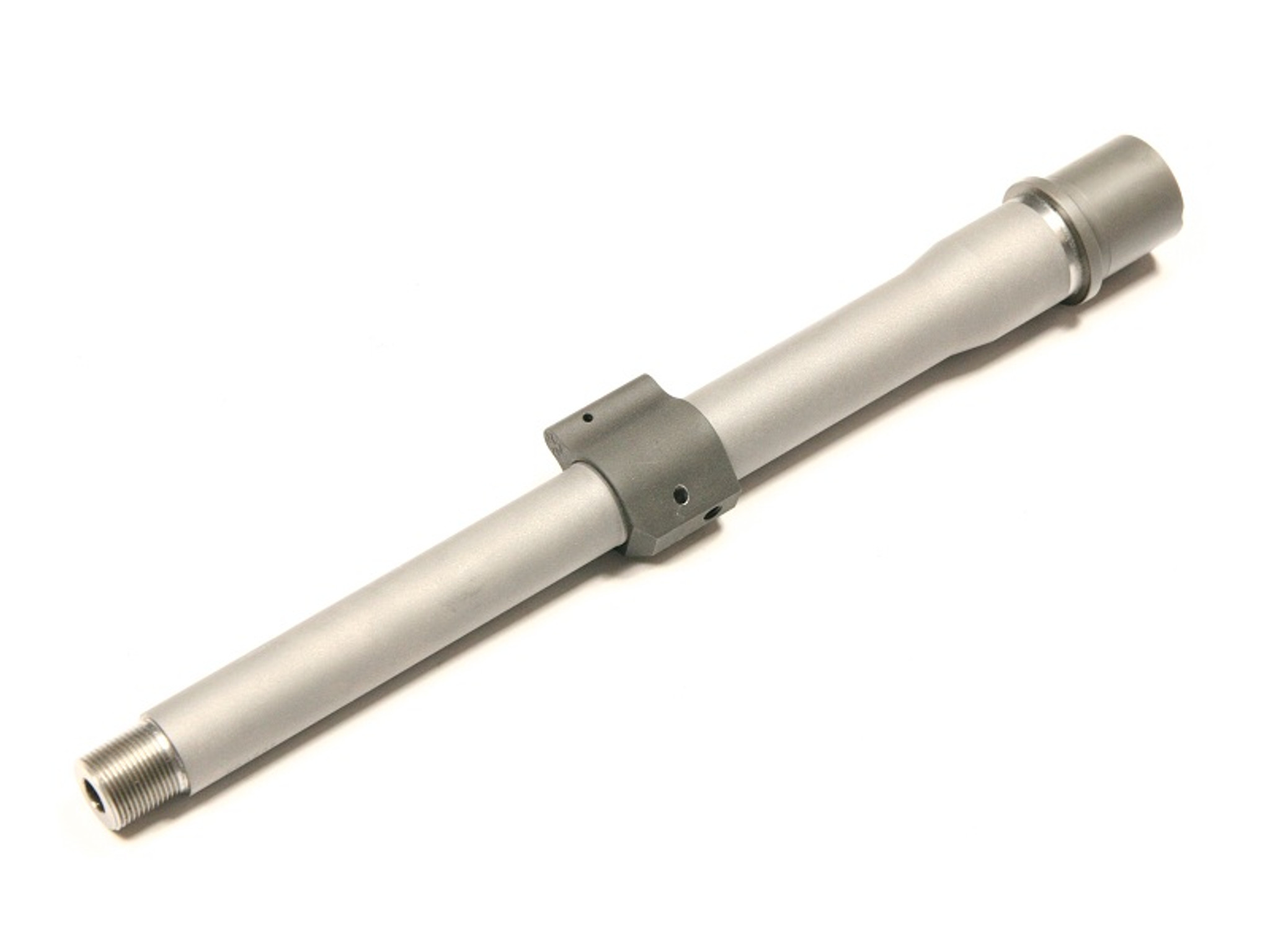
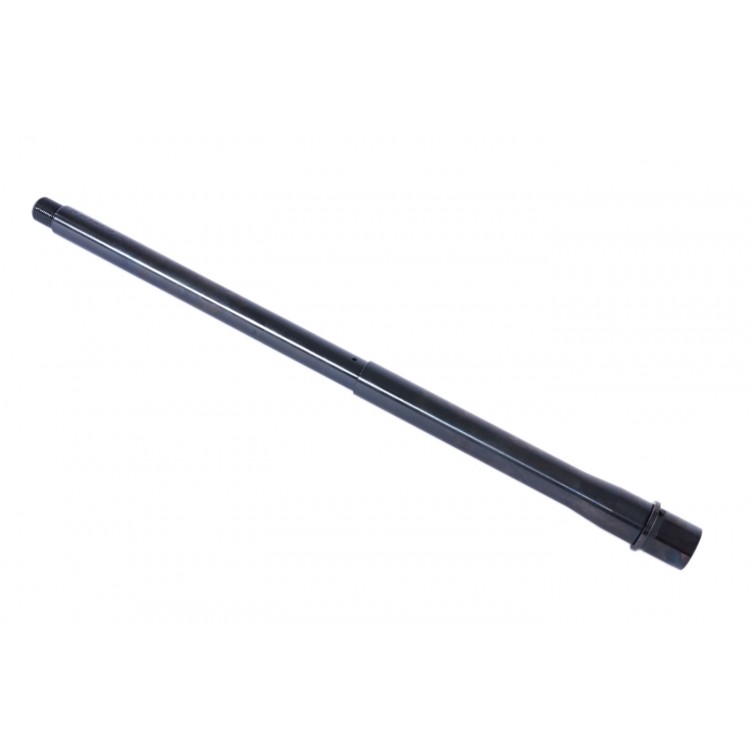








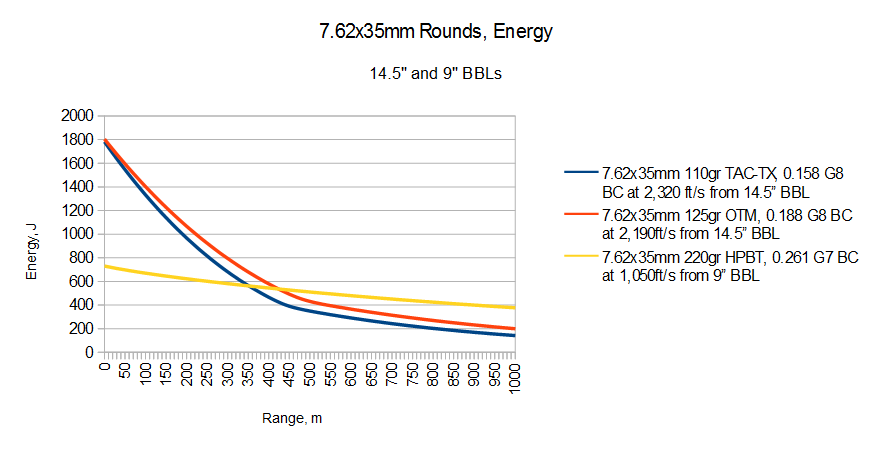


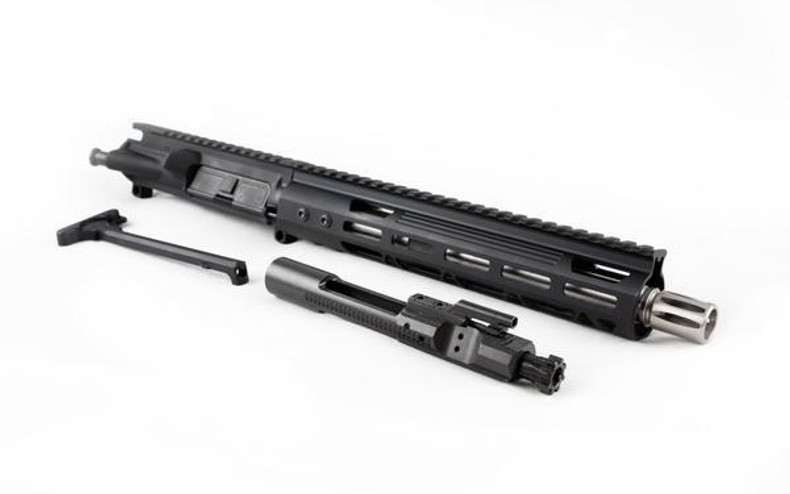



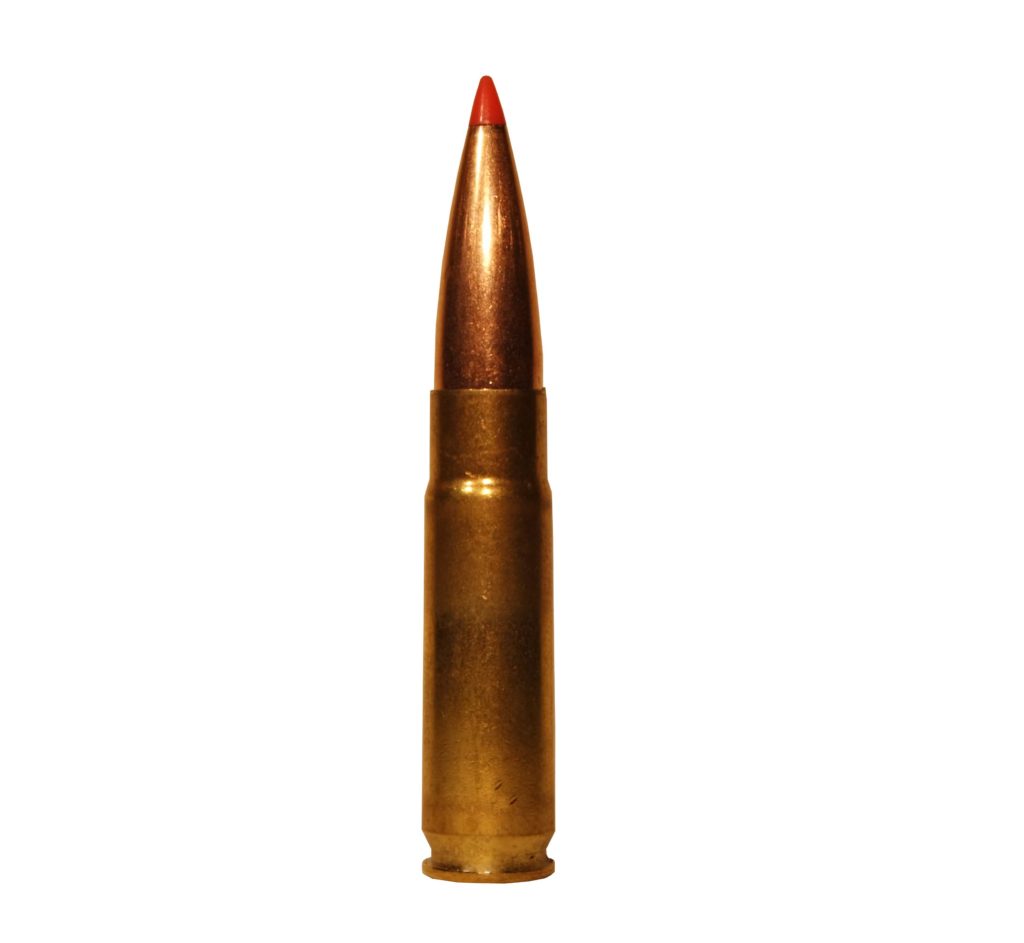

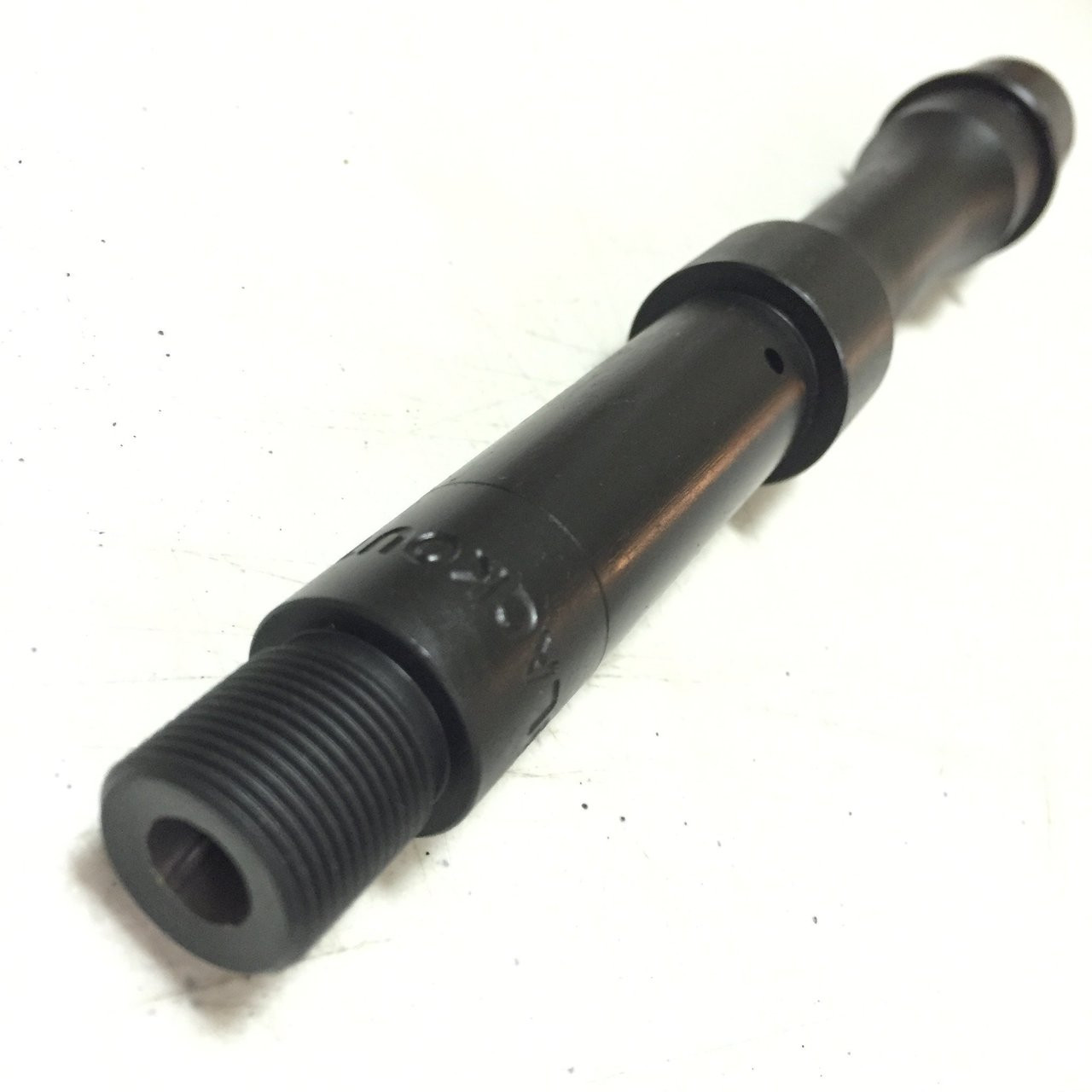





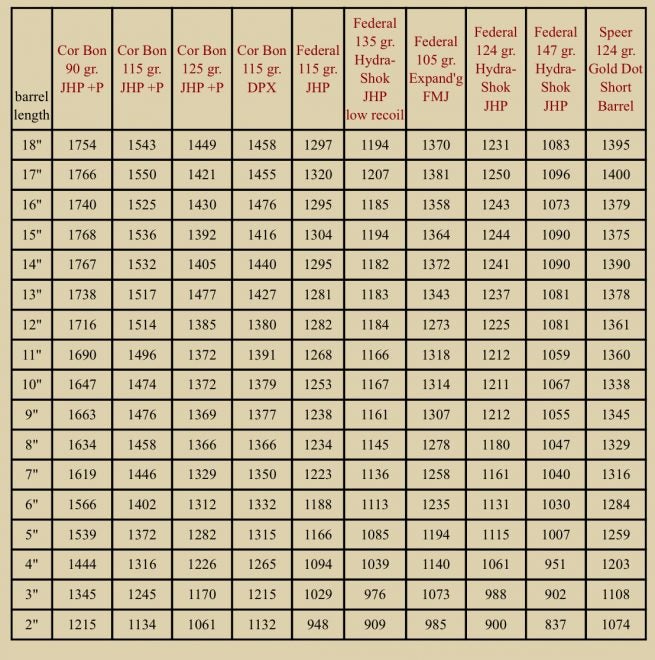
No comments:
Post a Comment
Note: Only a member of this blog may post a comment.